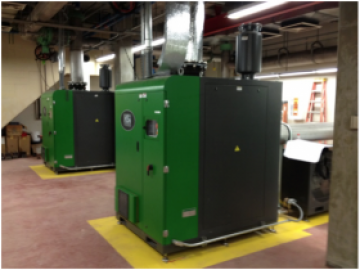Go with the Flow: How Flow Meters Can Help Improve Plant Efficiency
Plug an electrical device into an outlet. Does it work? Great! For some people that’s all that matters. When it comes to compressed air, many manufacturing plants operate the same way. As long as there is enough air, that’s all that matters.
But what if cost control also matters to your company? Smart compressed air users may already know how much air they’re producing, but they also want to know how much air they’re using—and whether they’re using it productively. To find out, they’re taking accurate, real-time measurements using flow meters.



